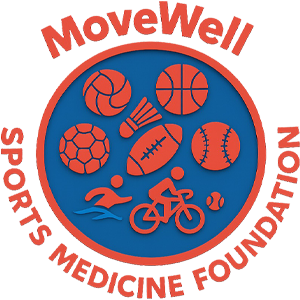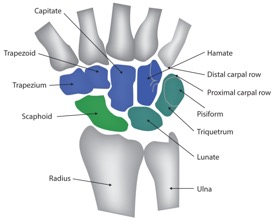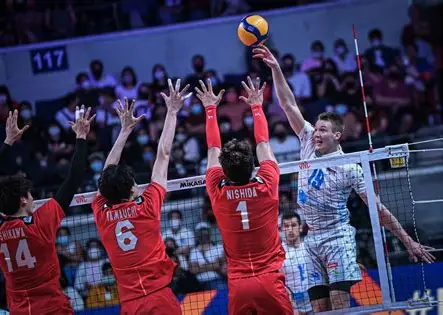The 2022 study published in Medicine & Science in Sports & Exercise provides crucial insights into how advanced running shoe technologies influence biomechanics and injury patterns. This comprehensive research followed over 3,200 runners for two years, revealing that while innovative designs like carbon-plated "supershoes" enhance performance, they may inadvertently increase injury risks by altering natural running mechanics.
Carbon-plated shoes demonstrated significant biomechanical trade-offs. While offering 4% greater energy return and improved propulsion efficiency, they reduced ankle flexion during toe-off, transferring greater loads to the knees and hips. Most notably, these shoes increased Achilles tendon strain by 15%, explaining the rising incidence of tendinopathies among runners adopting this technology. The study also identified elevated metatarsal stress fracture risks, particularly when runners transitioned too quickly to stiff carbon-plated designs.
The research compared three major shoe categories: maximal cushioning, minimalist/zero-drop, and carbon-plated models. Maximal cushioning reduced ground impact forces but increased patellofemoral stress by 18%, potentially exacerbating knee pain. Minimalist shoes strengthened foot musculature but led to higher calf strain rates among inexperienced runners. Carbon-plated shoes improved race times but showed the most pronounced biomechanical alterations.
Foot strike patterns significantly mediated injury risks. Heel strikers wearing carbon-plated shoes experienced 22% greater tibial loading, elevating shin splint susceptibility, while forefoot strikers adapted more successfully to the technology. The study also found that runners who frequently rotated between different shoe types had 30% fewer overuse injuries compared to those using a single model exclusively.
These findings carry important practical implications. The authors recommend:
Gradual transitions to new shoe technologies (1-2 runs weekly initially)
Targeted strength training for calves and Achilles tendons
Strategic shoe rotation to distribute mechanical stress
Individualized selection based on running style and injury history
For runners and coaches, this research underscores the need to balance performance gains with long-term musculoskeletal health, emphasizing that the "best" shoe depends entirely on individual biomechanics and training goals.
Reference:
Napier C, et al. Med Sci Sports Exerc. 2022;54(5):799-807. doi:10.1249/MSS.0000000000002876




